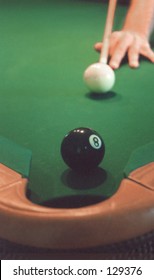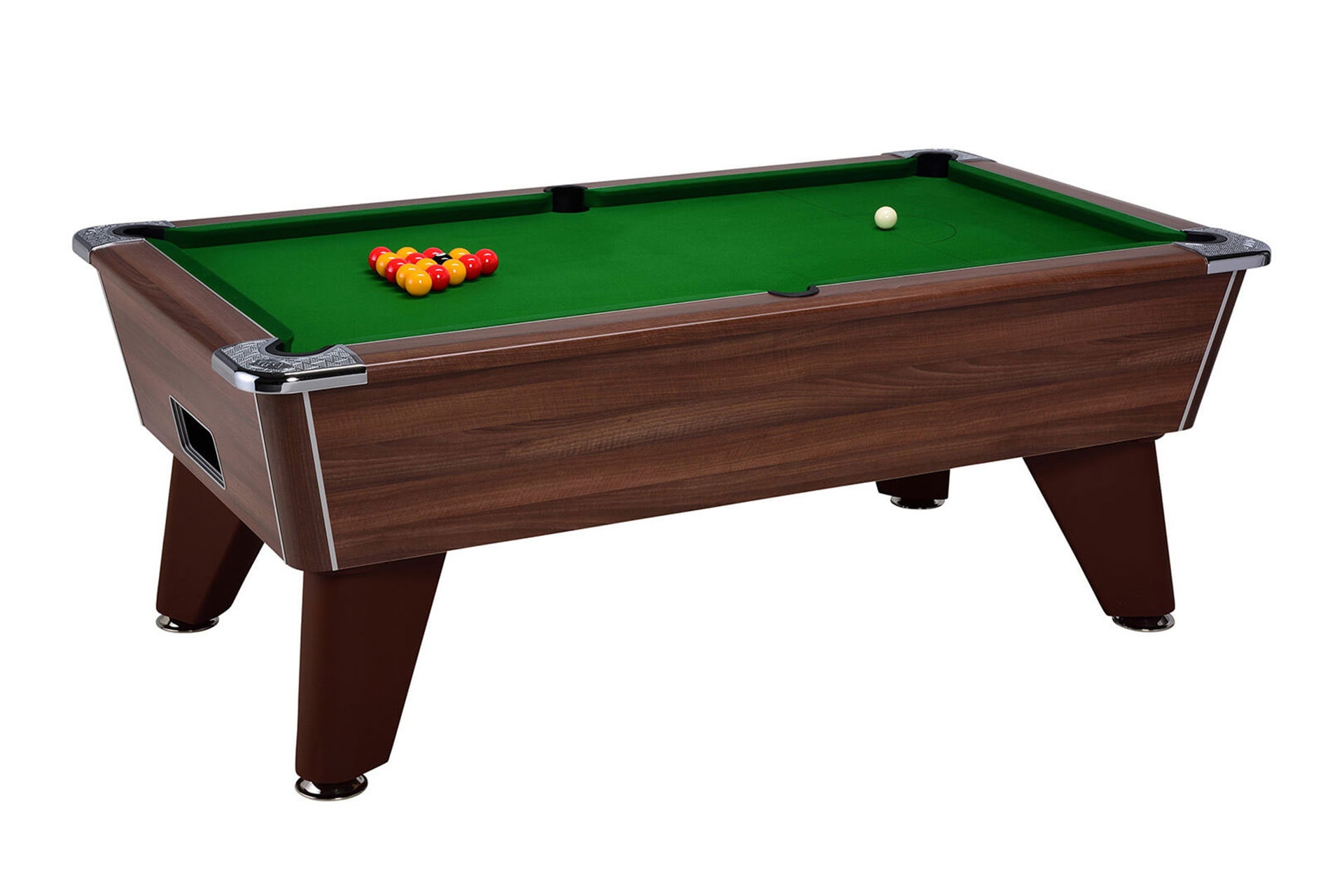
The manufacturer of the pool ball and the resin used can influence the design and color of the balls. Having a quality ball can make all the difference when playing pool, and is also important for achieving professional skills. A set of high-quality balls will last a lifetime.
The first pool balls were made out of wood. As the game evolved over time, the ball manufacturers looked for alternatives to wood. In the 17th century, pool balls were made of ivory, which was popular because it was sturdy and smooth. It was also relatively cheap to produce. Unfortunately, the elephant population began to decline during the late 19th century, and manufacturers sought alternatives.

Leo Baekeland an American chemist invented bakelite in 1907. During the 1920s, bakelite became a preferred option for pool balls. Bakelite was much more stable and less flammable than celluloid. It was easy-to-make and didn't explode. Although it is a form of plastic it is not the exact same as the modern resin. It is a thermosetting plastic that cannot be melted again.
The next pool ball was made from a combination of alcohol and nitrogen. This is the phenolic or phenolic resin. Circuit boards are also made with phenolic. This resin is strong and durable, making it a popular material for making pool balls. The resin is used to create pool balls in a way similar to bakelite.
Polyester is another plastic that is used in pool balls. Compared to phenolic resin, polyester is cheaper. It does not retain its shine as well as phenolic resin. Polyester is also not very durable. Polyester pool balls wear faster than other types of ball. They also don't last as well as phenolic-resin balls.
Saluc, a Belgian firm that specialized in pool balls, was established in 1923. Saluc is most famous for Aramith balls, which are made from pure phenolic. The resin used in Aramith balls is a combination of the properties of bakelite and phenolic resin. Phenolic resin can be thermosetting and is typically very durable. It can last upto 40 years. You can use it for volleyball balls. They are extremely durable and can withstand over 400,000 impacts.

You can also make pool balls from other types of materials. While polyester pool balls are cheaper than phenolic, they are less strong than phenolic. Additionally, polyester pool ball will not last as long phenolic resin pool balls. However, they can be purchased at a low cost and are durable enough for beginners. While phenolic resin pool balls make the best choice for tournaments, they can be quite expensive.